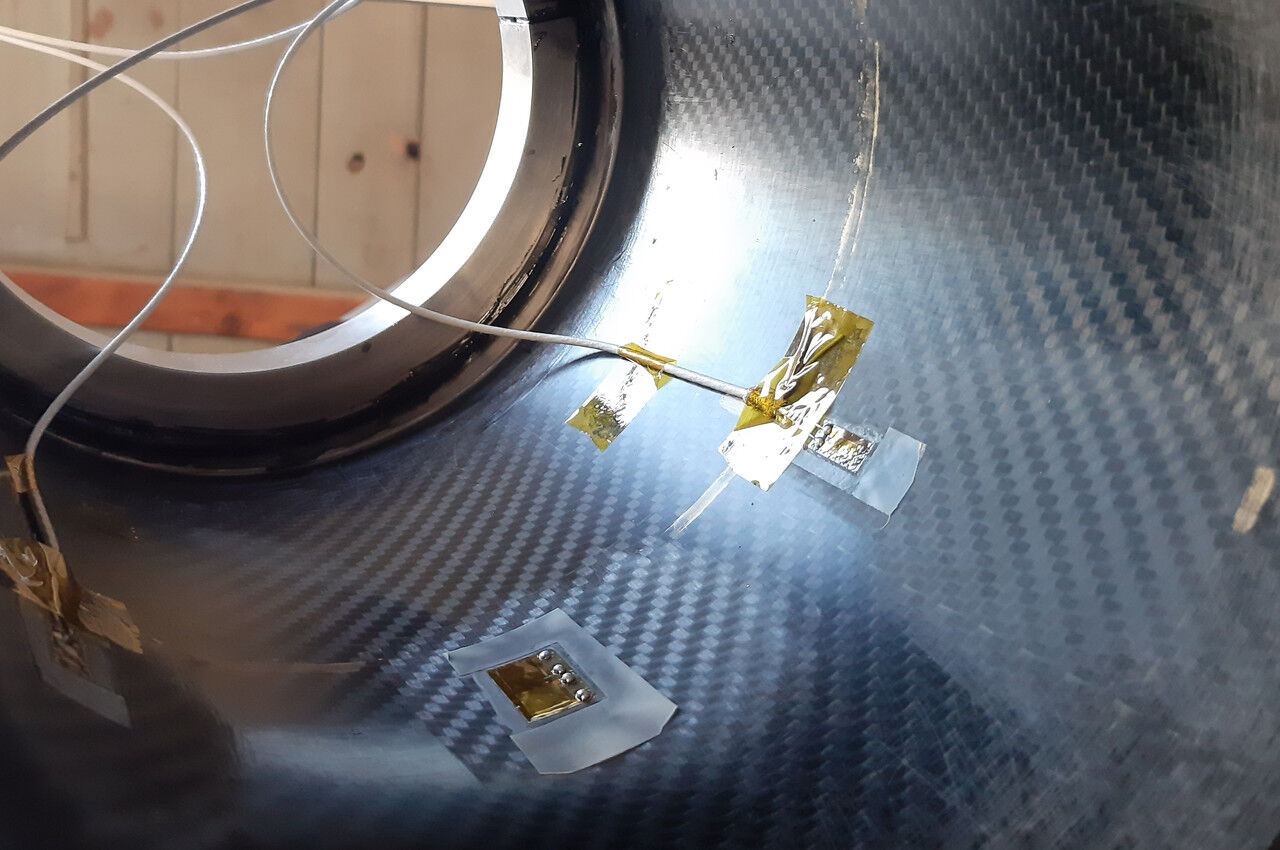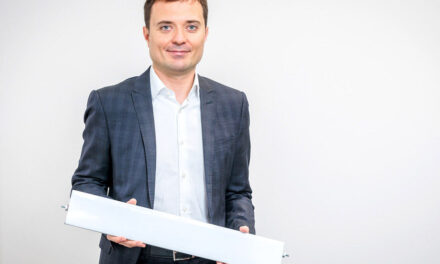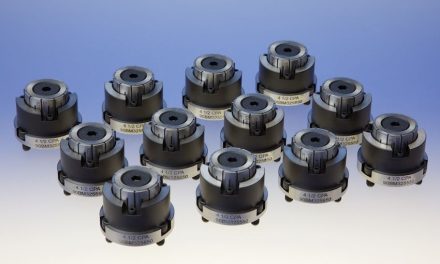A group of ETH Zurich students successfully created a working space rocket, which utilized HBK strain gauges to monitor its condition and scoop the top prize at the European Rocketry Challenge (EuRoC) in Portugal.
The competition entry involved more than 50 dedicated students from ETH Zurich – members of the Academic Space Initiative Switzerland (ARIS) – creating a fourth generation of research rockets with the intent to win the highest category: Rocket with a self-developed propulsion system and a flight altitude of more than 30,000 feet.
As a rocket’s structure is exposed to considerable loads during flight, which can only be calculated to a limited degree during simulations, a monitoring system is needed for real bending moments and axial forces to verify the calculated loads during flight and correct them if necessary. ETH Zurich students decided to use Hottinger Brüel & Kjær’s (HBK) strain gauges as these guaranteed reliable measurement results, even under extreme conditions.
Built into the system, the strain gauges provide essential information about occurring bending moments and axial forces during every phase of the flight, thus forming the basis for further optimization of the rocket. The functional capabilities of the self-developed hybrid propulsion system were then demonstrated by a successful launch at the EuRoC.
The students’ next goal is to successfully take participation in Spaceport America Cup 2022, which will be held New Mexico. They aim to transport a nine-pound payload to an altitude of more than 30,000 feet and bring the research rocket and all its components safely back to Earth. The bending moments and axial forces, recorded during the test flight, will now be used to provide a weight-optimizing design of all load-bearing structural components.



